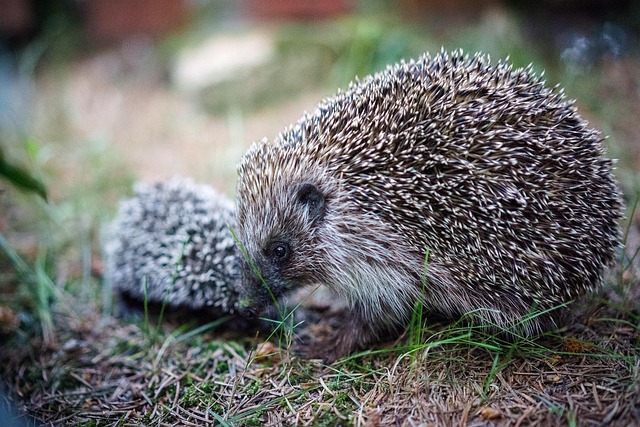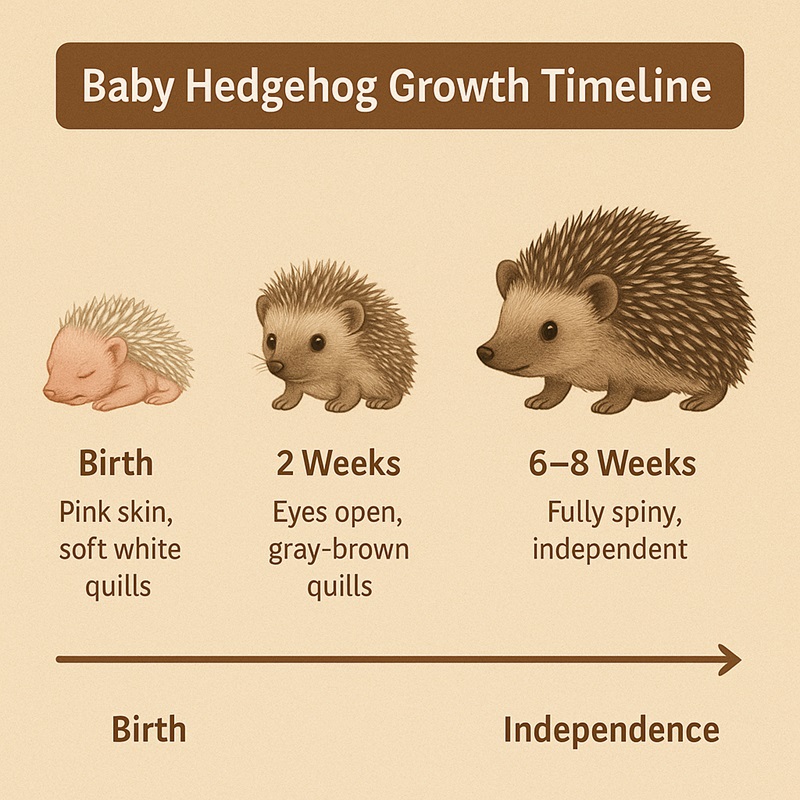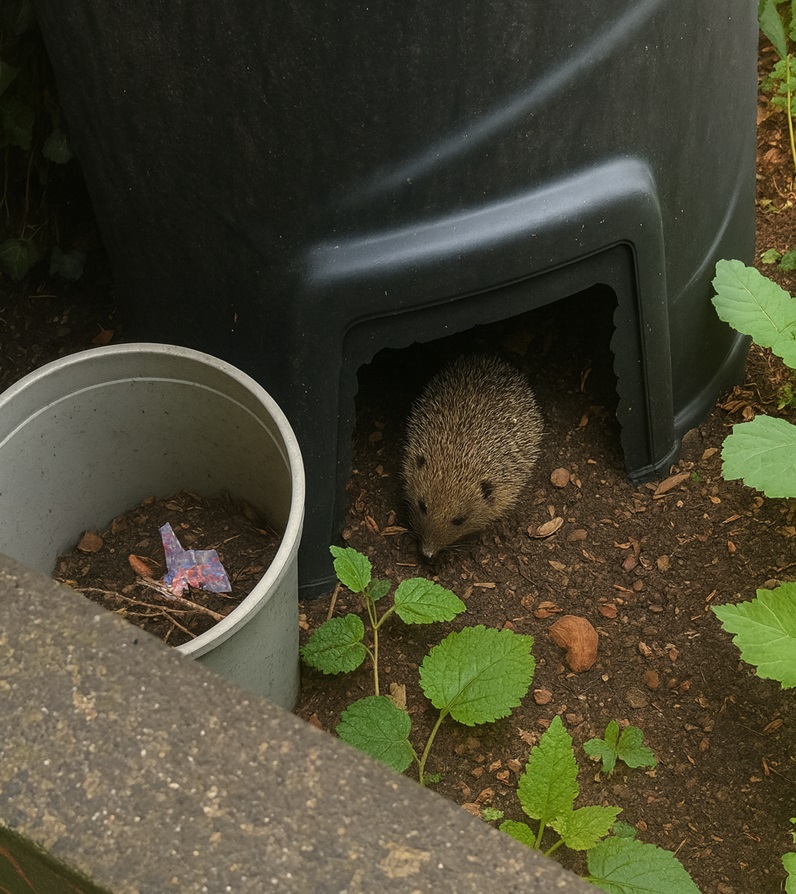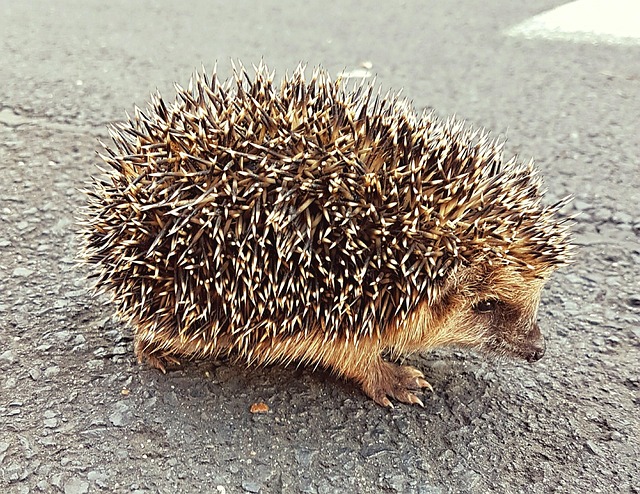Baby Hedgehog Quick Facts:
Baby hedgehogs, called hoglets, are born blind and deaf with soft spines that harden within hours. They depend fully on their mother’s milk for 4–6 weeks, begin walking within days, and start eating solid food by 3 weeks. By 6–8 weeks, they’re independent and ready for life on their own.
Few animals win hearts like baby hedgehogs. With their tiny size, bright eyes, and soft little spines, these young mammals—called hoglets—are loved by people all over the world.
But there is more to them than just looking cute. Their first weeks are full of challenge, growth, and survival.
If you enjoy nature, plan to keep a hedgehog as a pet, or simply love small animals, learning about hoglets is both fun and useful.
In this article, you’ll find 15 simple and heart-warming facts about baby hedgehogs—starting from their very first day of life to the moment they learn to live on their own.
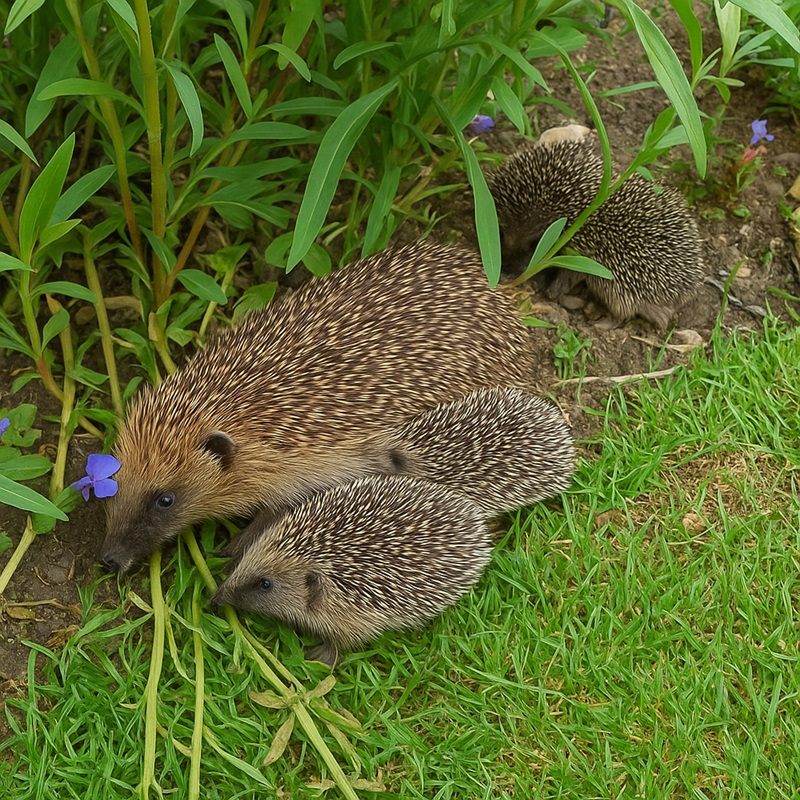
1. Baby Hedgehogs Are Called Hoglets
The correct name for a baby hedgehog is hoglet. The term was popularized in the late 20th century, replacing older names like “hedgepigs” or “urchins.” Hoglet is now the standard term used by wildlife experts and pet breeders.
Fun fact: the word “urchin” was once commonly used in English to mean hedgehog, and later evolved into the word we now use for mischievous children!
2. They’re Born Blind and Deaf
Hoglets enter the world in a very vulnerable state. They are blind, deaf, and pink-skinned at birth, unable to fend for themselves. Their eyes don’t open until around two weeks old, and their ears open shortly after. Until then, they rely completely on their mother for protection, warmth, and food.
This stage mirrors many small mammals, such as rabbits and mice, but hedgehogs stand out because of what comes next: their iconic spines.
3. Spines Appear Within Hours of Birth
One of the most fascinating baby hedgehog facts is how quickly their spines emerge. At birth, hoglets already have around 100 soft, white spines hidden beneath their skin. Within hours, these spines push through, providing an early defense system.
Unlike adult spines, which are stiff and sharp, these first spines are soft and flexible. As they grow, they go through a process called quilling — shedding baby spines to make way for stronger adult ones.
4. Hoglets Depend Entirely on Mother’s Milk
For the first few weeks, hoglets feed exclusively on their mother’s milk. Nursing is frequent, especially in the first 10 days when they are growing rapidly. Weaning begins around 4–6 weeks, at which point they slowly transition to solid foods like insects.
In captivity, orphaned hoglets may be hand-fed with special formula, but this requires expert care. Feeding them cow’s milk is dangerous — it can cause severe digestive problems.
5. A Litter Can Have 4–7 Babies
Most hedgehog mothers give birth to litters of 4–7 hoglets, though larger litters are possible. Not all hoglets survive in the wild due to predators, environmental stress, or insufficient maternal care.
In captivity, survival rates are higher since they are protected from natural dangers. This difference is one reason conservationists sometimes intervene when wild hoglets are abandoned.
6. They Curl Into a Ball Even as Babies
The classic hedgehog defense mechanism — curling into a tight ball — starts early. Even baby hedgehogs instinctively contract their muscles to raise their spines and protect their vulnerable belly.
This reflex develops within the first few weeks and continues throughout life. For hoglets, it’s a critical survival instinct that helps them avoid predators before they are fast or strong enough to escape.
7. Mother Hedgehogs Are Extremely Protective
Hedgehog mothers are notoriously cautious. If their nest is disturbed, they may abandon or even harm their young. For this reason, wildlife experts strongly advise never handling wild baby hedgehogs or disturbing a hedgehog nest.
Pet owners with breeding hedgehogs also know that keeping stress levels low is essential for the mother’s well-being and her hoglets’ survival.
8. Hoglets Can Walk Within Days
By the time they are just a few days old, hoglets begin crawling and stumbling around the nest. Within two weeks, they can walk more steadily, helping them explore their environment and practice mobility.
This early activity prepares them for independence, since hedgehogs are naturally solitary animals.
9. Their Spines Change as They Grow
Hoglets go through several spine changes in a process called quilling. Around 3–6 weeks of age, they shed their first set of baby spines, which are replaced by stronger, darker adult spines.
During this period, they may appear itchy or uncomfortable. Pet owners often compare it to human babies teething — a temporary but essential stage of growth.
10. They Can Fit in the Palm of Your Hand
At birth, hoglets weigh only 25–30 grams — about the size of a large grape. They fit easily in the palm of your hand, though handling wild hoglets is discouraged unless necessary for rescue.
By adulthood, hedgehogs grow to around 400–600 grams on average, making their tiny beginnings all the more astonishing.
11. They Communicate with Tiny Chirps
Baby hedgehogs produce soft chirping or squeaking sounds to communicate with their mother. These noises often signal hunger, discomfort, or a need for warmth.
As they grow, their sounds change to include the characteristic snuffles, hisses, and grunts of adult hedgehogs.
12. Hoglets Start Eating Solid Food Around 3 Weeks
Around three weeks old, hoglets begin transitioning to solid food. In the wild, this includes insects, worms, and small invertebrates. In captivity, owners often provide soft cat food or specialized hedgehog diets.
A balanced diet is essential for healthy growth. Lack of proper nutrition can stunt development or lead to health issues later in life.
13. They’re Solitary From a Young Age
Unlike many small mammals, hedgehogs are not social creatures. Once hoglets are weaned, they quickly become independent. By 6–8 weeks, most are ready to leave their mother and begin solitary lives.
This solitary nature continues into adulthood, where hedgehogs typically only interact during mating season.
14. Wild Baby Hedgehogs Face Many Dangers
Life is not easy for wild hoglets. They face threats from predators such as foxes, badgers, and owls, as well as environmental risks like road traffic, garden hazards, and habitat destruction.
Conservation groups in Europe and beyond often run rescue and rehabilitation programs for orphaned hoglets to help boost survival rates.
15. They’re Equally Popular in Pet and Conservation Worlds
Hoglets play an interesting dual role in society:
- In some countries, hedgehogs are kept as exotic pets, admired for their cuteness and low-maintenance lifestyle.
- In others, especially across Europe, conservation efforts are focused on protecting declining wild populations.
Both perspectives highlight the importance of understanding these fascinating animals, whether as companions or vital members of the ecosystem.
Tips for Observing Baby Hedgehogs Safely
If you encounter a baby hedgehog in your garden or the wild:
- Don’t touch the nest — disturbing it can cause the mother to abandon her babies.
- Observe from a distance — enjoy their presence without interfering.
- Rescue responsibly — if a hoglet appears sick, injured, or abandoned, contact a licensed wildlife rehabilitation center.
For pet owners:
- Ensure young hoglets are handled gently and only once they are strong enough.
- Provide a safe, warm enclosure with proper diet and minimal stress.
Spotting Sick Baby Hedgehogs
Baby hedgehogs are cute, but they are also delicate. Spotting illness early can save their lives. Whether you own one or find one in the wild, watch for these danger signs:
- Too Tired: Healthy hoglets move around and curl up. If one stays limp or weak, it may be sick.
- Not Eating: Refusing to nurse or eat is an early warning.
- Breathing Trouble: Wheezing, clicking, or heavy breaths can mean lung infection.
- Stomach Issues: Diarrhea, swelling, or signs of dehydration are very serious.
- Skin or Spine Problems: Bald spots, spine loss, or wounds need quick care.
If you see any of these signs, act fast. Pet hoglets need an exotic vet. Wild ones should go to a licensed wildlife rescuer. Quick help can save their lives.
Wild vs. Pet Baby Hedgehogs
Baby hedgehogs live very different lives in the wild and in homes. Knowing this helps us respect both.
Wild Hoglets
- Survival: Many do not live past a few months. Dangers include predators, cars, and pesticides.
- Diet: They eat worms, beetles, and insects.
- Independence: By 6–8 weeks, they live alone.
- Threats: Habitat loss, cities, and climate change reduce their chances.
Pet Hoglets
- Safety: They are safe from predators and get steady food. Survival is higher.
- Diet: Owners feed cat food, insects, or special mixes.
- Bonding: With gentle care, they get used to people.
- Laws: In some places (California, Georgia, Australia), they are banned as pets.
Wild hoglets belong to nature. Pet hoglets rely fully on humans. Both need care and respect.
Are Baby Hedgehogs Good Pets?
Many people ask if hoglets make good pets. The answer depends on your time and care.
Pros
- Adorable & Unique: Their looks and quirks charm many.
- Low Allergens: They make less dander than cats or dogs.
- Quiet: They do not bark or meow.
Cons
- Night Owls: They are most active at night.
- Special Care: They need warm homes, the right food, and toys.
- Handling: They can be shy and prickly. It takes patience.
- Legal Issues: Not legal everywhere, and keeping them can harm nature.
Baby hedgehogs can be wonderful for patient, caring owners. But they are not easy pets for kids or casual animal lovers. If you want one, check the laws in your area and prepare for long-term care. In homes, they may live 5–7 years.
Conclusion
From their fragile early days to their journey into independence, baby hedgehogs — or hoglets — are among nature’s most fascinating small mammals. Now you know not only their adorable facts, but also how to spot signs of illness, the key differences between wild and pet hoglets, and the realities of keeping them as pets.
Whether you admire them in the wild or welcome one into your home, baby hedgehogs remind us of the delicate balance between cuteness and responsibility.


